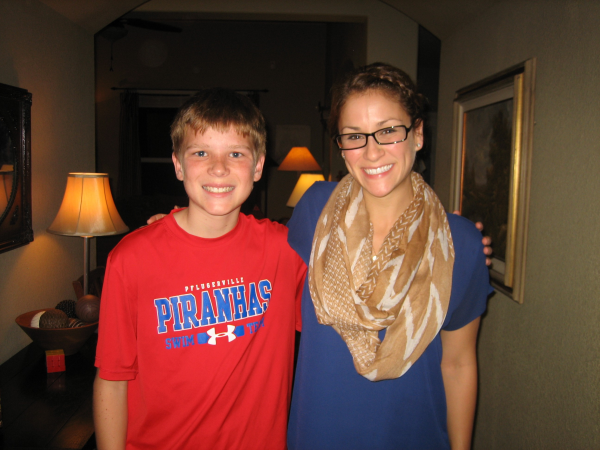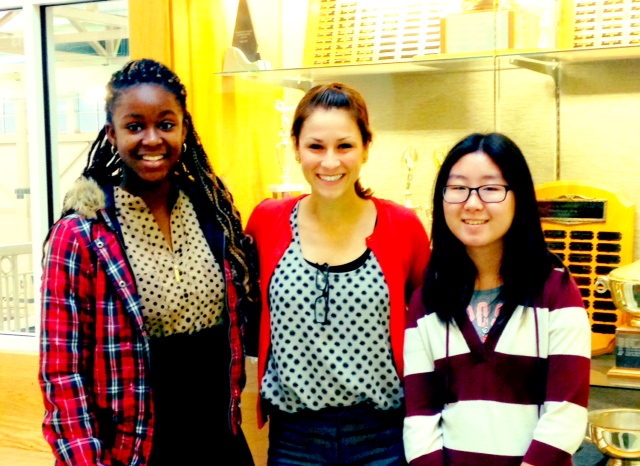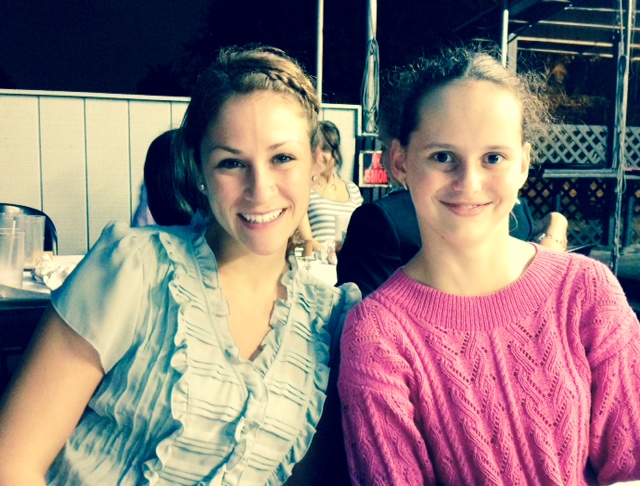Role of a JKCF Educational Adviser
Within the Young Scholars Program, educational advisers wear many hats when collaborating with Young Scholars and their families. Advisers help Scholars mold and define goals during their high school tenure, they locate resources and enrichment opportunities aligned with those goals, and they help Scholars navigate the successes and challenges that arise along the way. As Scholars near the end of high school, advisers also help them to prepare for college and to explore newly seeded career aspirations.
For the educational adviser-Scholar relationship to be strong, communication is key. And at certain times of the year, especially between September and December, advisers ditch their Foundation offices for suitcases and boarding passes when they venture out to visit Scholars in their communities. Two of our newest educational advisers, Patrick Wu (PW) and Anya Good (AG), had a moment to give us an inside scoop on their most recent travels, which took them from coast to coast and to places in between.
1.) How many trips did you make during this year’s “travel season,” between September and December?
PW: Seven trips in total, but I got to see all 18 Scholars in a period of two months!
AG: Ten trips, two layovers, one canceled adventure to the Gainesville area thanks to ice and snow, and a partridge in a pear tree.
2.) What was the warmest place you visited?
PW: The Bay Area in California—it was 70 degrees, yet everyone was still wearing sweatshirts!
AG: It was a tie between Miami and Austin.

3.) The coldest place?
PW: It’s a tie between Kyle, South Dakota, where it was 30 degrees one morning and St. Paul, Minnesota, where it snowed during my visit.
AG: The Hotchkiss School on its lake in the sweet Connecticut countryside.
4.) The most densely populated?
PW: New York, New York, to visit a Scholar at CITY Term.
AG: Either Atlanta or Miami—I’m not sure which wins.
5.) The least densely populated?
PW: Kyle, South Dakota.
AG: Winder, Georgia
6.) During these trips, how many Young Scholars did you meet?
PW: 18
AG: 14
7.) What different types of activities did you participate in during your visits?
PW: I visited with families, sometimes enjoying dinners out together. I also visited some Scholars at their schools where I was able to see them take part in their extracurricular activities, and I made visits to prospective high schools for Scholars that are currently in the 8th grade.
AG: I attended a variety of band, orchestral, and ballroom dance rehearsals; acted like a grandparent on one Grandparent’s Day (I know, I fit the part well); frequented at least 70 percent of the “Red Lobstahs,” Olive Gardens, Applebees, and Starbucks (my life-blood) in the nation; saw both oceans; roamed airports and train stations; met a cab driver named DJ Cabbie; and decided that I might secretly relocate my home to any one of the awesome libraries I discovered in the public, private, and boarding schools I visited.

8.) Aside from the Young Scholars and parents themselves, what other individuals was it important for you to meet on your trips?
PW: Teachers, counselors, and other adults important to our Scholars and their families. While we only get to see our Scholars once a year, there are people who see them just about every day who make such a profound impact in their lives.
AG: Much of the same—counselors, teachers, school and organizational leaders.
9.) Why do you believe visiting our Young Scholars is a crucial element to advising?
PW: In the digital age, it is so important to actually meet people face to face to establish a deeper and more meaningful relationship. Simply spending time with each Scholar and his/her family allowed me to learn so much more about them then any phone call ever could.
AG: Visits with Scholars and their families are what make advising possible. We need to make in-person connections and share experiences so that we can work together toward Scholars’ personal and academic goals.
10.) Was there a fond memory or two from your travels you’d like to share?
PW: While I loved every visit, which ranged from a fruit farm in Ohio to a military base in Kentucky, a few memories stick out to me: seeing one of my seniors perform in her school play; seeing one of my sophomores perform with her Step Team at the same school where a student I taught in sixth grade (also a Young Scholar) sung A cappella; and, seeing one of my juniors perform in her school’s oral interpretation competition. Not to mention having that last Scholar’s father help me get my rental car unstuck from the mud not just once, but twice, during the visit.
AG: There are many moments that stand out. One such moment. Meeting Ibum Obu’s family of vocalists—after being in the Obu home for less than an hour, I was happily inundated with four separate songs from Ibum and three of her siblings. These melodies required little prompting from Mrs. Obu, as they were more than happy to sing for me, and I was more than happy to listen.
